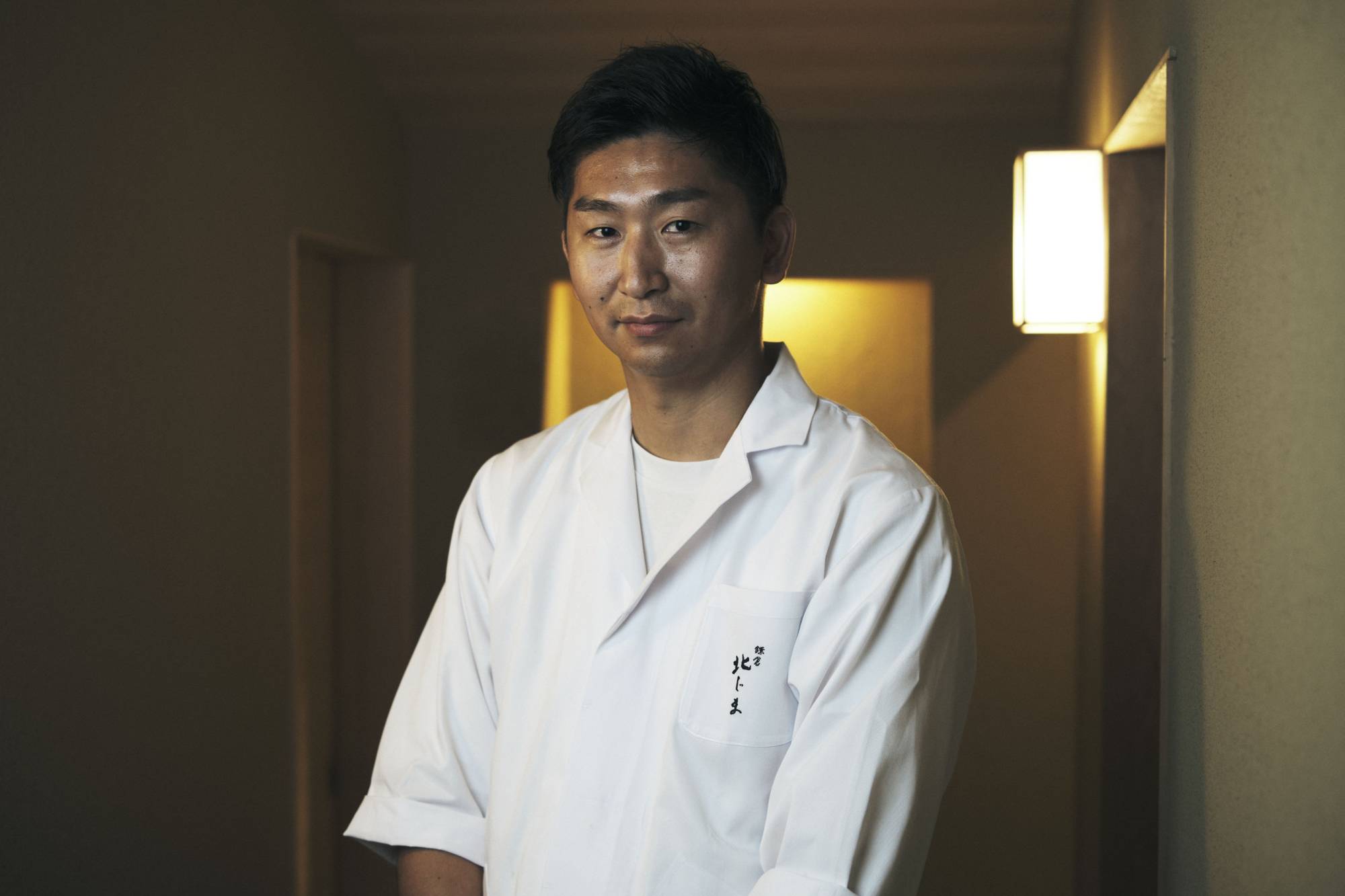For its size, the small coastal city of Kamakura punches well above its weight as a tourist destination. Year-round, it draws streams of visitors who come to wander the slow-paced, low-rise backstreets, explore the historic temples and shrines or just laze on its beaches.
Located just an hour by train from Tokyo and half that from nearby Yokohama, Kamakura often draws comparison with Japan’s ancient capital, Kyoto. Though far smaller, it was also for a short time the administrative center of Japan under the samurai regime of the Kamakura Period (1185-1333) shoguns.
An important center of Zen Buddhism, it also developed as a thriving cultural base for artists and artisans. But in one vital respect the two cities cannot be spoken of in the same breath: Kamakura has never been a focus for the culinary arts.



















With your current subscription plan you can comment on stories. However, before writing your first comment, please create a display name in the Profile section of your subscriber account page.